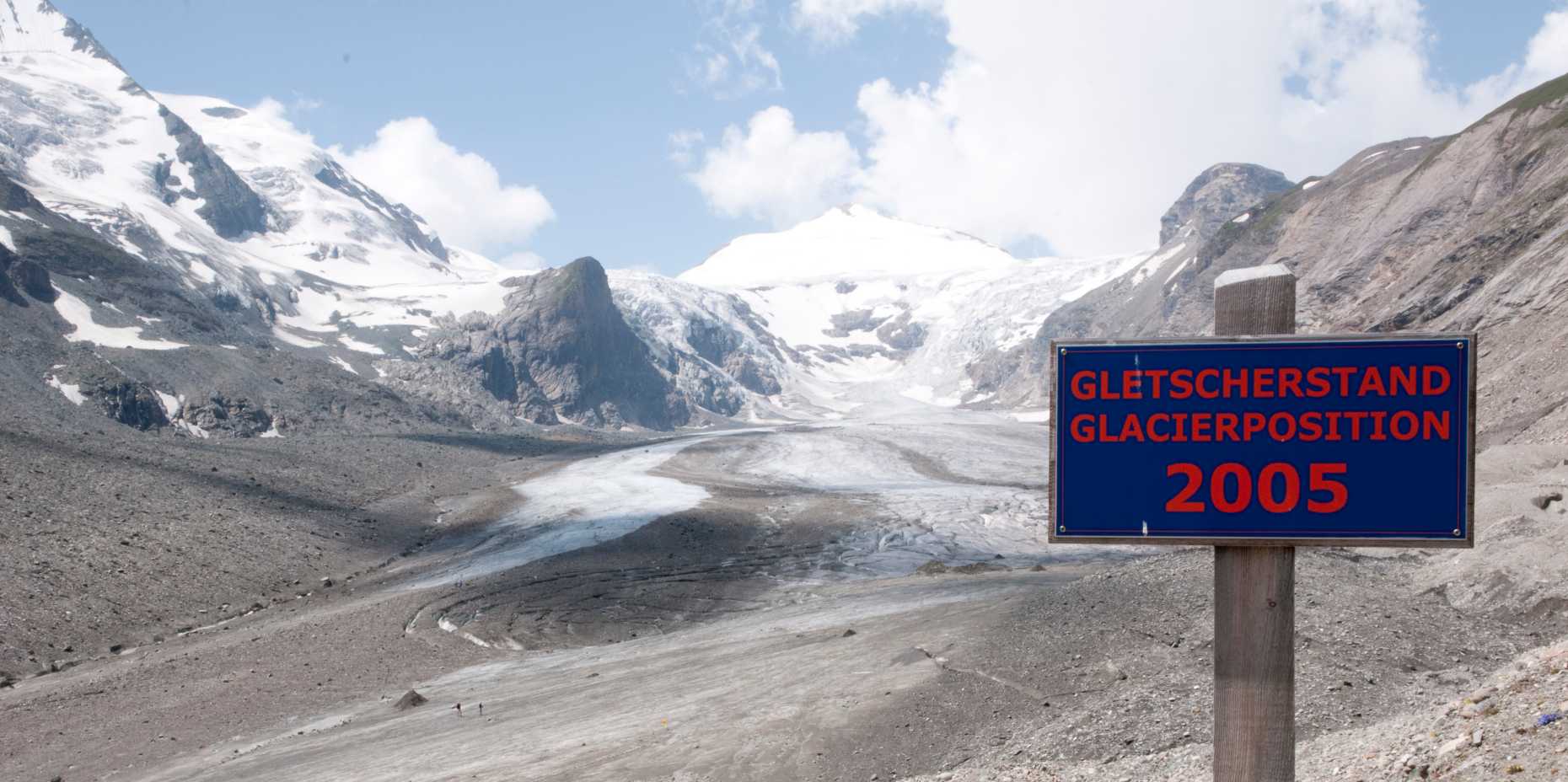Estimating climate change impacts in Switzerland
A consortium of scientists under the leadership of the University of Berne with the contribution of researchers from ETH Zurich has taken a look at the consequences of climate change in Switzerland and published the CH2014-Impacts report. The ETH climate researcher Erich Fischer provided important data for the report. In an interview with ETH News he explained just how difficult it is to estimate the climate impacts on the local level and why it is nevertheless possible to make reliable statements.

ETH News: Three years ago researchers published the Swiss Climate Change Scenarios CH2011 under the leadership of the C2SM Competence Centre of the ETH Domain. This is now followed by the CH2014-Impacts report. What is the link between the two studies?
Erich Fischer: CH2011 is the basis for CH2014-Impacts. With CH2011 we endeavoured to give quantitative projections of the climatic changes in Switzerland drawing on a large number of climate models. For the CH2014-Impacts report researchers from various disciplines from glaciologists over ecologists down to economic scientists have now for the first time worked together on joint CH2011 climate data and joint time horizons whereby they all started with the same three emission scenarios. In concrete terms the scientists examined what climate change means for various sectors like agriculture, energy consumption, biodiversity, forests or glaciers in Switzerland.
Studies on these impacts were already available for Switzerland prior to this report.
Of course, there are many valuable predecessor studies on the impacts of temperature and precipitation changes. The report does not set out to present revolutionary research findings. CH2014-Impacts does, however, offer for the first time a quantitative overview of selected ecological and socio-economic impacts in Switzerland.
Do the scenarios examined also take into account a possible reduction in greenhouse gas emissions in future?
Yes, indeed. One of the three scenarios is based on the assumption that decisive climate policy measures are taken and a global reduction in emissions achieved. This scenario is close to the known two degree target. We further looked at a mid-range and a high emission scenario. In the latter we assume that no far-reaching measures to reduce greenhouse gas emissions are taken. We also assume major demographic and economic growth and, by extension, a high level of fossil fuel consumption.
Did the report reveal major differences between the various scenarios?
What really surprised me personally was that in the scenario with a major reduction in emissions many negative impacts for Switzerland would be far less dramatic than in the high emission scenario. Particularly in agriculture, in the case of river runoff or in the field of biodiversity the negative consequences are far milder than in the mid-range and high emission scenarios. This is surprising because the low emission scenario also results in considerable warming. The report shows that in this scenario in many areas the impacts would be less than half as strong as in the two other scenarios. This means that decisive emission reductions in Switzerland, too, could prevent many of the impacts of climate change.
What does that mean in concrete terms for the areas examined in the report?
For almost all areas a clear tendency is found; however the precise magnitude of change is often very difficult to estimate. The impacts of climate change differ considerably between the individual areas and are not always negative. For instance some farmers in central Switzerland could benefit from a slight warming. They could, for instance, benefit in the wine production and grow a higher variety of grape varieties. In the first half of the century in scenarios with minor temperature and rainfall changes, agriculture could benefit from the positive consequences of climate change. If climate change should, however, continue unimpeded, then the negative consequences would be predominant in agriculture, too. In the case of glaciers the report confirms existing research findings. By the end of the century around 90 percent of glaciers will have disappeared if no sweeping climate policy measures are taken.
And what about forests?
Forests are complex systems and it is, therefore, difficult for scientists to make quantitative statements. The report does, however, demonstrate that at low altitudes and in inner alpine valleys which are already very dry today – like for instance the Saas Valley in Valais – forests react very sensitively and even minor warming would have negative consequences. The situation is different when there is sufficient precipitation close to the alpine treeline. In the case of moderate warming tree growth increases with positive consequences both for the protective function of the forest against rockfalls and avalanches and for timber production potential and carbon storage.
Climate change has been well researched so why do we need the CH2014-Impacts report?
We have a good understanding today of the reasons for climate change at a global scale but the smaller the scale of the analysis, i.e. the regional or even local level, the greater the uncertainties. Statements on the impacts of climate change are even more difficult because the consequences are dependent on many different climate parameters like temperature, rainfall, solar radiation and air humidity. What’s more, we climate researchers normally look at seasonal and large-scale average temperatures. What we were asked for here were, however, in some cases hourly recorded values.
How does CH2014-Impacts deal with these difficulties?
We divided Switzerland into individual regions and for the first time we used daily temperature and precipitation data. For the latest report we at C2SM and the scientists at Meteo Schweiz even took this one step further and made high resolution gridded data available that take into account for instance altitude dependencies. We put a strong focus on the quantification of uncertainties. It is enormously important for us to be familiar with them and to exactly specify where we can and cannot make clear statements.
For whom is the CH2014-Impacts report intended?
It is intended as a basis for experts in federal agencies, cantonal and communal authorities, planning offices or engineers looking at the consequences of climate change. The summary of the report is also intended to convey the message to decision-makers, members of parliament on the federal down to the municipal level and interested members of the public at large that climate change has concrete consequences for Switzerland. We have, therefore, prepared the material in such a way that non-experts can understand it, too.
What is your main message for decision-makers?
We identify where there is a need for action and also endeavour to show that – if tackled properly – negative effects can be dramatically reduced and we may even see positive effects. One example for this are targeted adaptation measures in agriculture. In the case of major climate changes the negative consequences are, however, clearly visible. That’s why the report emphasises that adaptation measures and climate change must go hand in hand. It is clear that adaptation to climate change is not enough to prevent the negative consequences. There’s no getting round a reduction in greenhouse gas emissions.
What happens next?
We see CH2014-Impacts as the first step. With this report we want to get people from the most diverse research fields around the table and, using a common data basis, quantify the possible impacts of climate change. Both the initiatives in the CH2011 scenarios and in the follow-up report CH2014-Impacts should be carried forward. In the case of CH2011 we want to include other variables like, for instance, solar radiation or air humidity in addition to temperature and precipitation. We would like to focus more on weather extremes. Then in a follow-up report to CH2014-Impacts this would allow, for instance, making statements on the probability of future flood events. The same applies to agriculture. We were unable to precisely determine the mainly negative effects of possible dry spells or drought because we still didn’t have the necessary foundations. Furthermore, in the CH2014-Impacts report we only took a limited look at the interaction between the systems. We did look at the links between glaciers and river runoff. But groundwater, forests and biodiversity also interact. Another important step is estimating the economic effects and comparing the costs of damage due to climate change with the costs of possible adaptation measures.

Comments
No comments yet